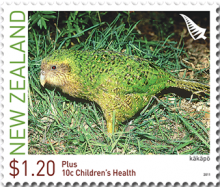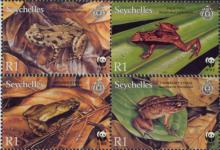Significant association between low-level exposure to organophosphates and impaired cognitive function
Even low-level exposure to a widely used group of pesticides can produce long-term damage to cognitive abilities, according to a study conducted by researchers from University College London and the Open University and published in the journal Critical Reviews in Toxicology. The researchers conducted a meta-analysis on the data from 14 separate studies including more than 1,600 total participants on the association between neurological and cognitive function and low-level exposure to the group of pesticides known as organophosphates. "This is considered to be the method of choice in situations where research findings may be used to inform public policy," co-author Chris McManus said. "This is the first time anyone has analyzed the literature concerning the neurotoxicity of organophosphate pesticides, using the statistical technique of meta-analysis," lead author Sarah Mackenzie Ross said. "The analysis reveals that the majority of well-designed studies undertaken over the last 20 years find a significant association between low-level exposure to organophosphates and impaired cognitive function." The areas of cognitive function that suffered the greatest damage were information processing speed and memory. Other areas, such as language, suffered less.










